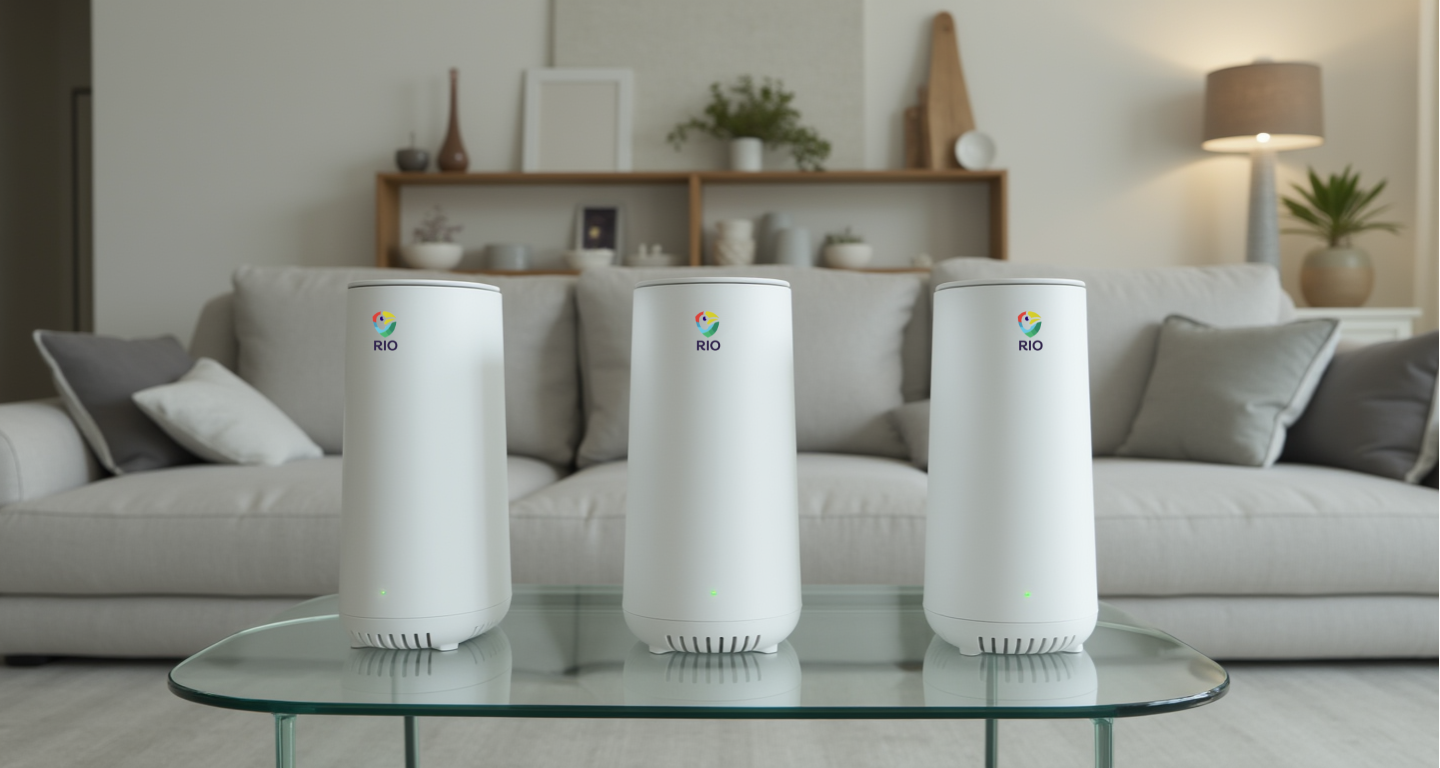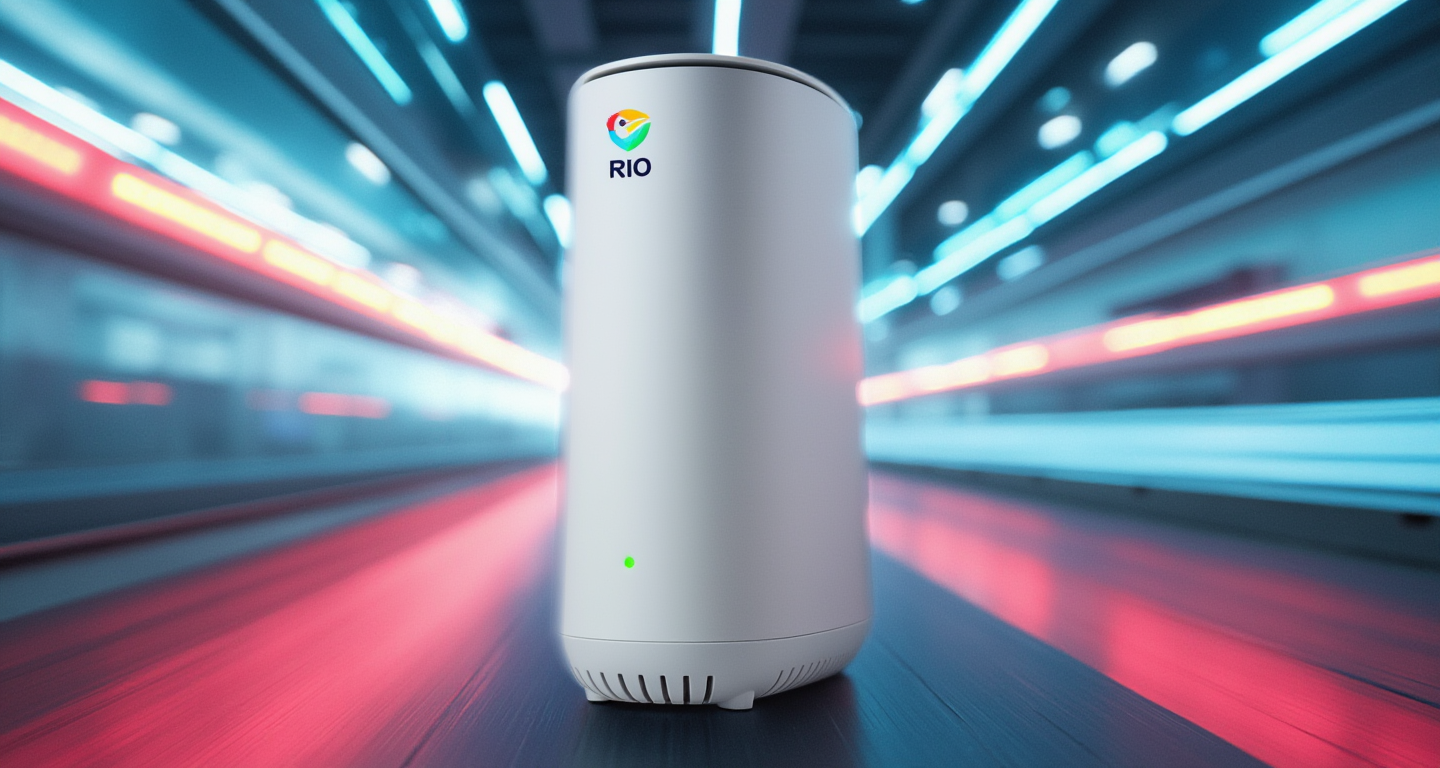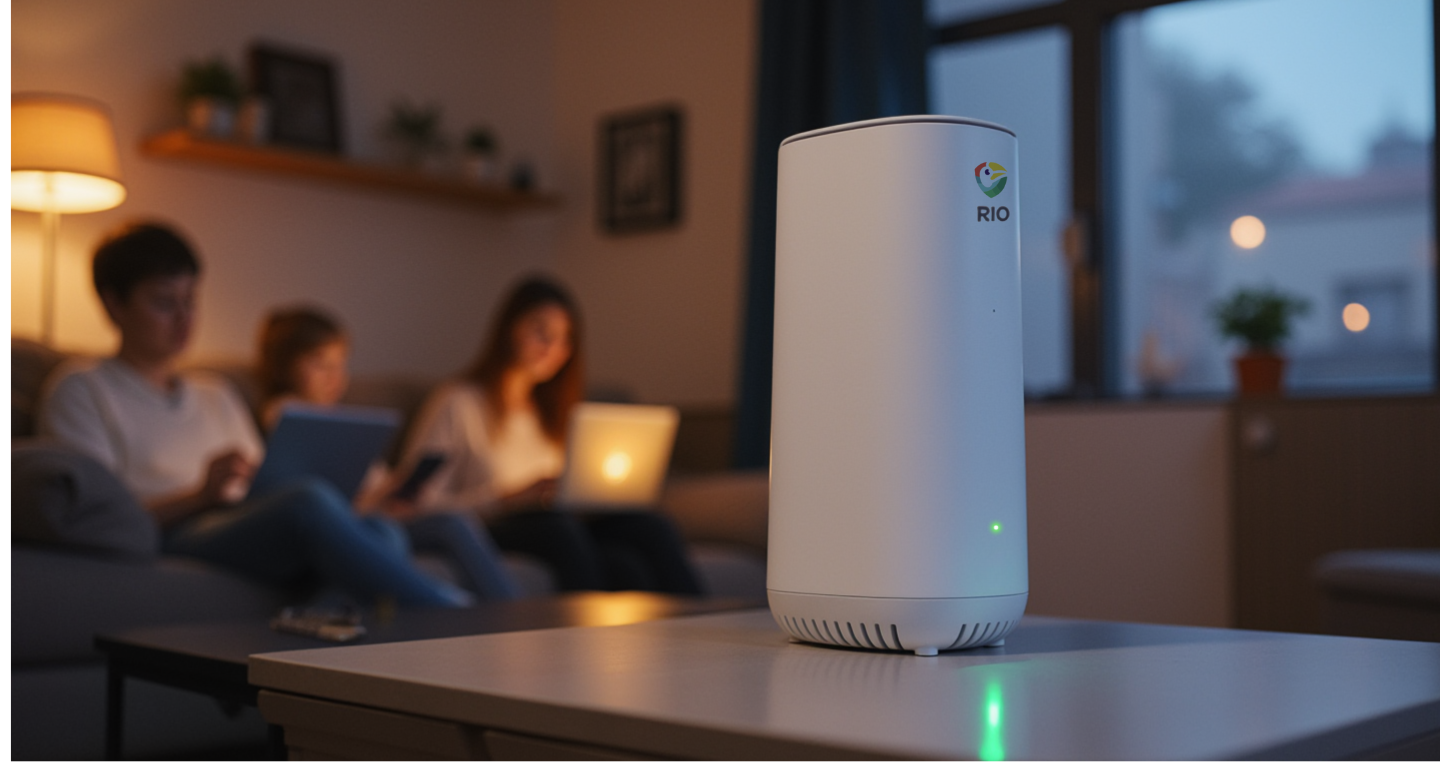Rethinking Wi-Fi
Your home network is your digital foundation. It's time it started acting like one.

The Hidden Truth About Home Wi-Fi
Most routers still use 20-year-old security. While cyber threats evolve daily, your router stays stuck in the past.

Security Gaps
- Password-only protection
- No smart device security
- Reactive threat response
Performance Issues
- Struggles with 4K streaming
- Video calls freeze
- Limited device capacity
VPN Headaches
- Slow connections
- Manual setup per device
- Unavailable on smart devices
Real Homes, Real Risks
Why We Built Rio
We brought Fortune 500 security home.
Made it fast. Made it simple. Nothing else comes close.
360 Threat Security
- Approved devices connect
- Everything else stays out
- No settings to configure
Protection That Matters
5,000+ families secured.
150+ devices per home.
Zero breaches.



